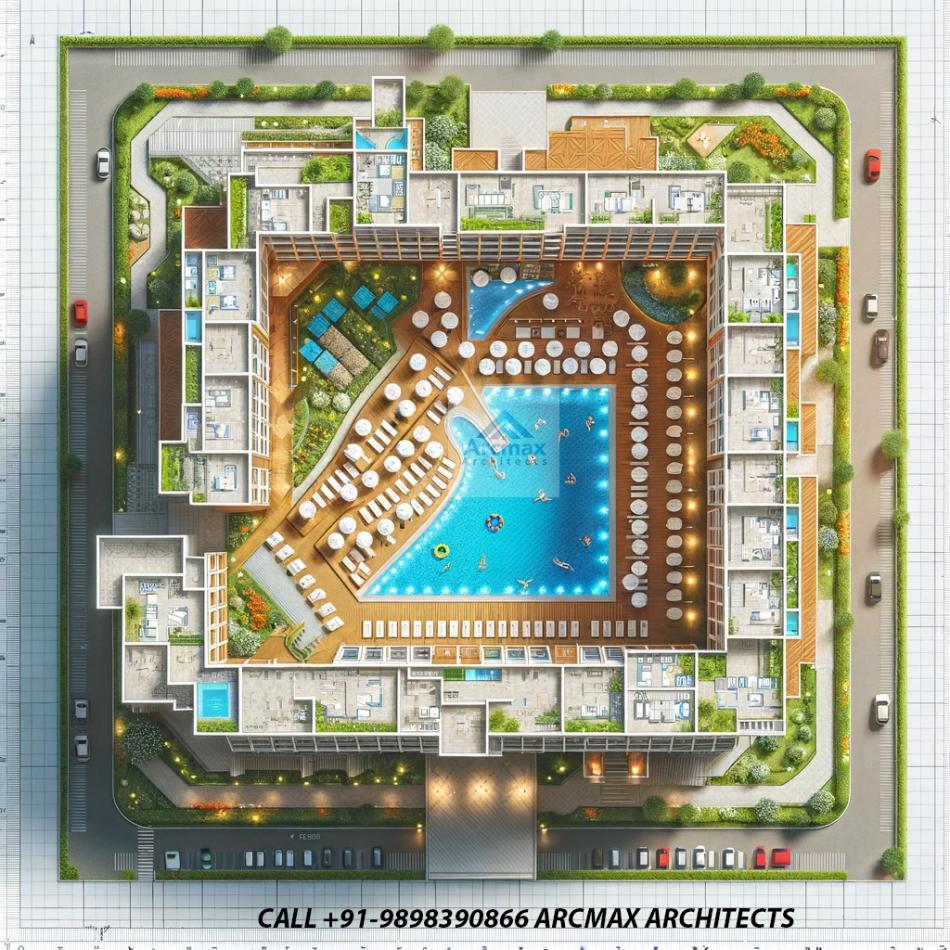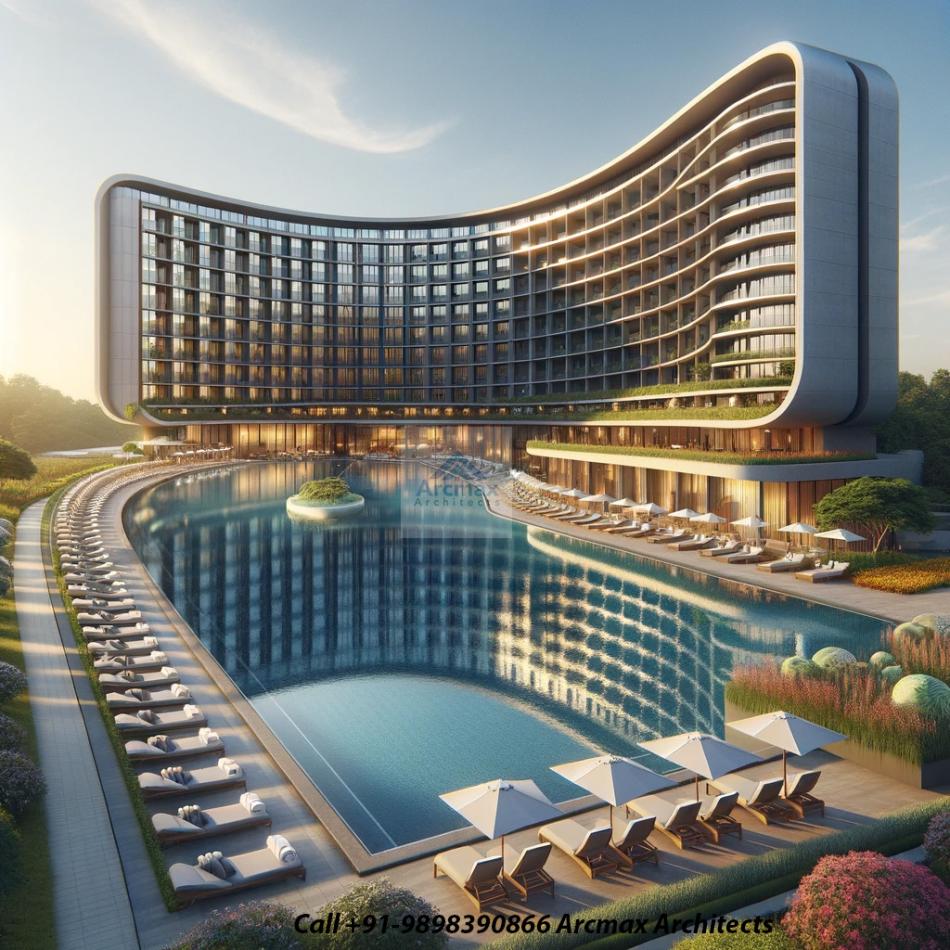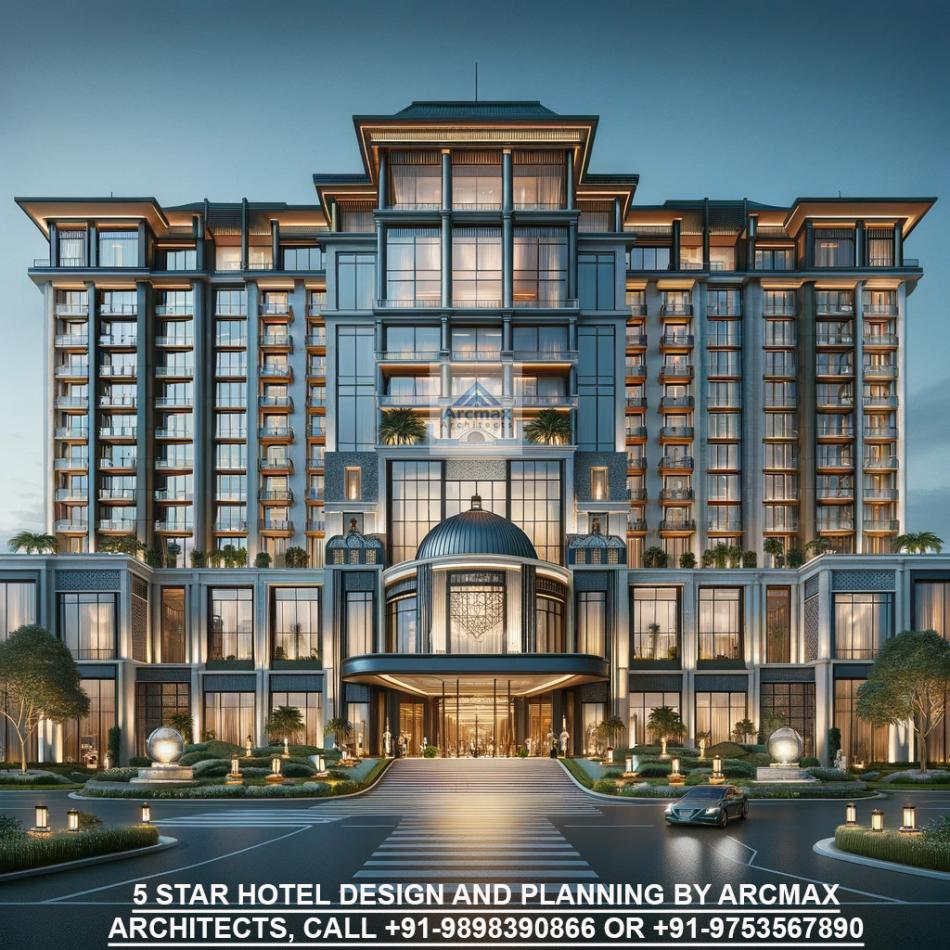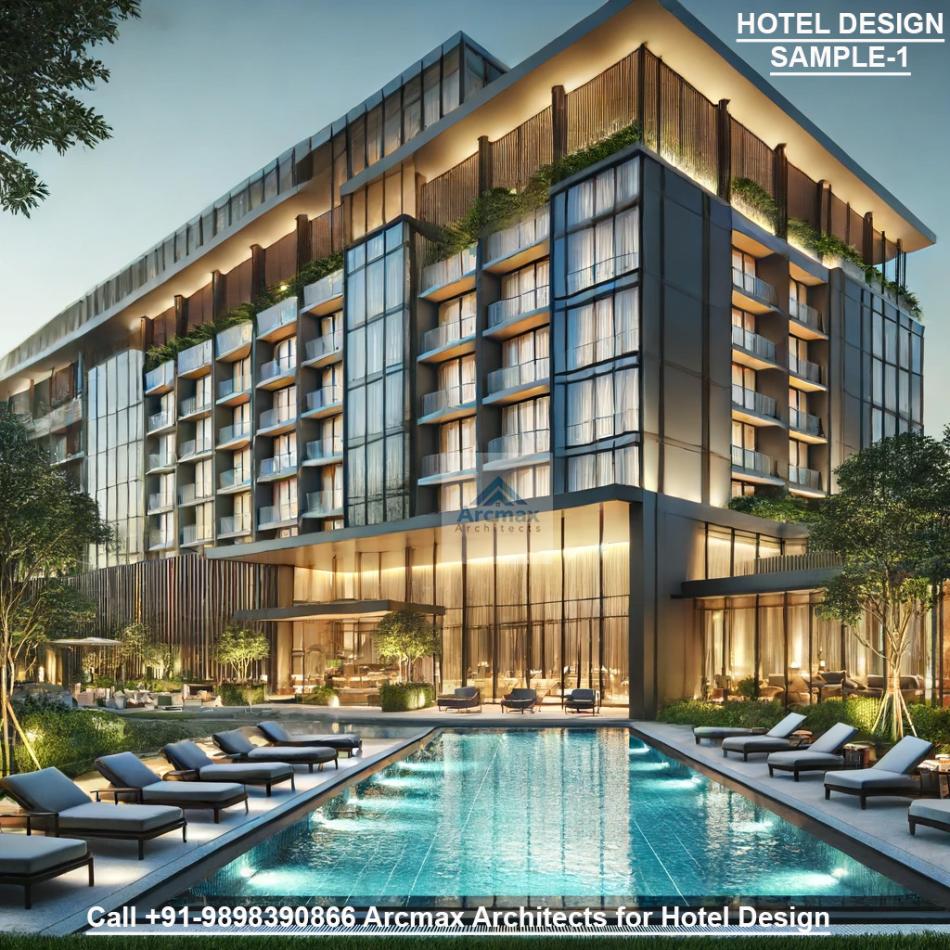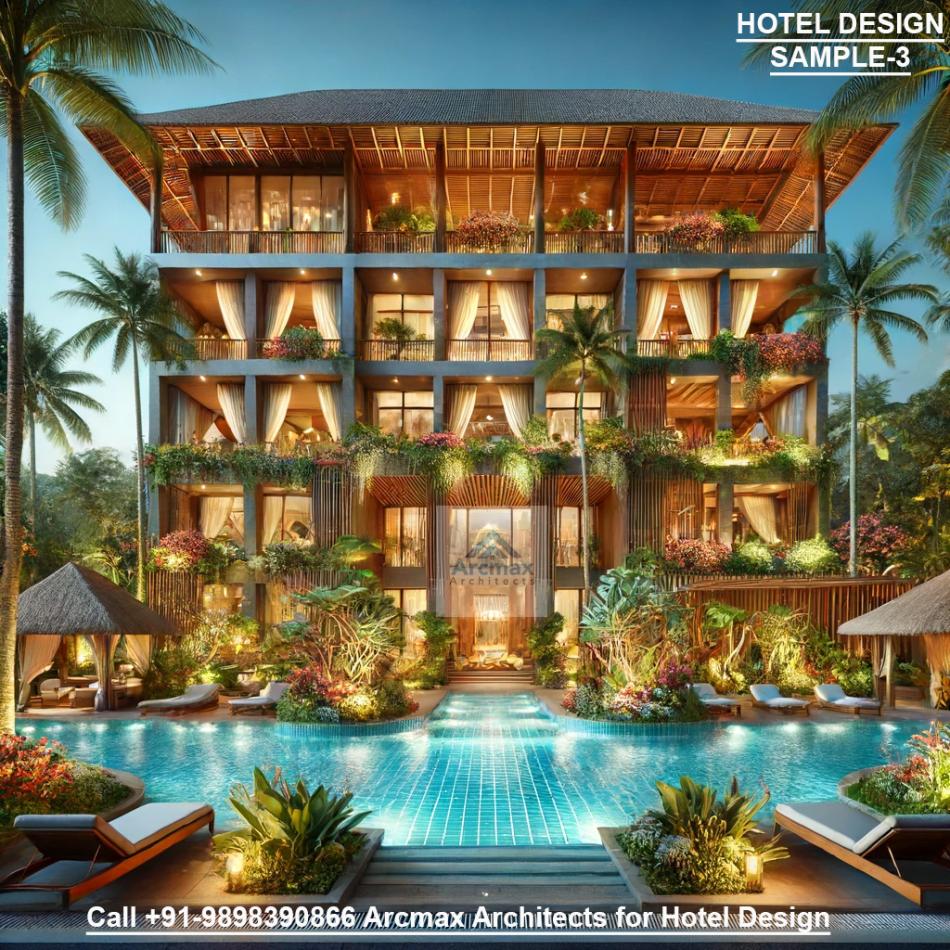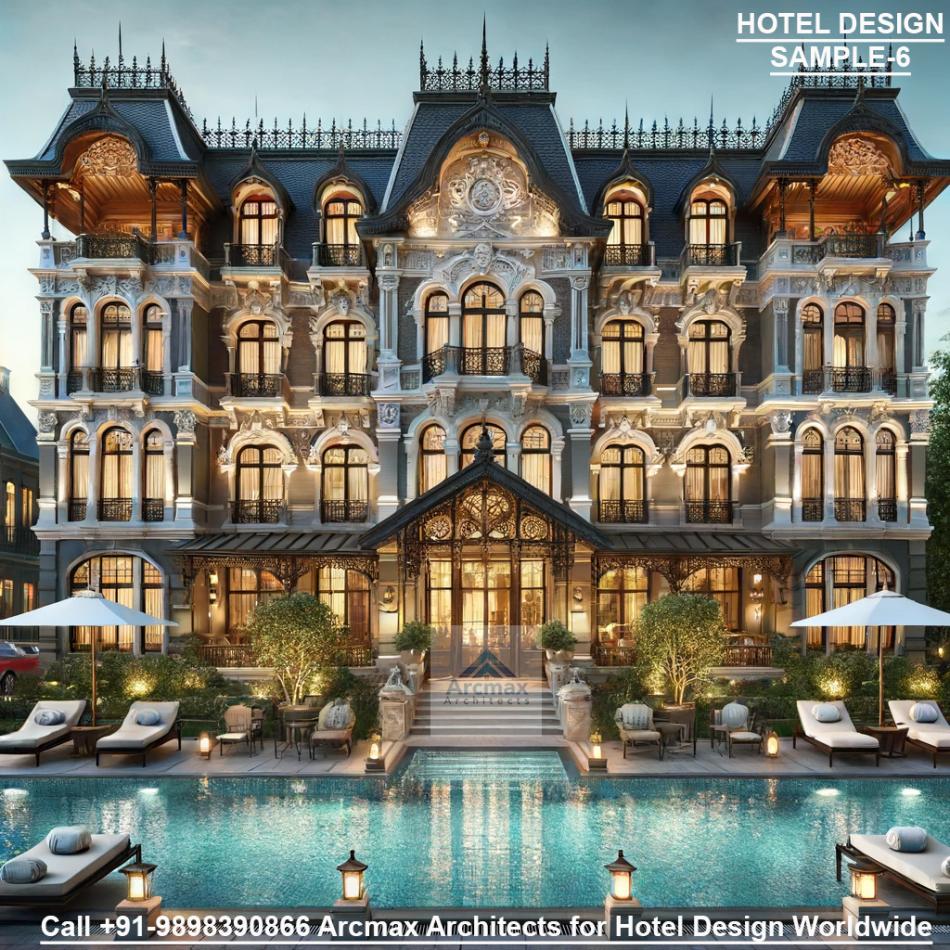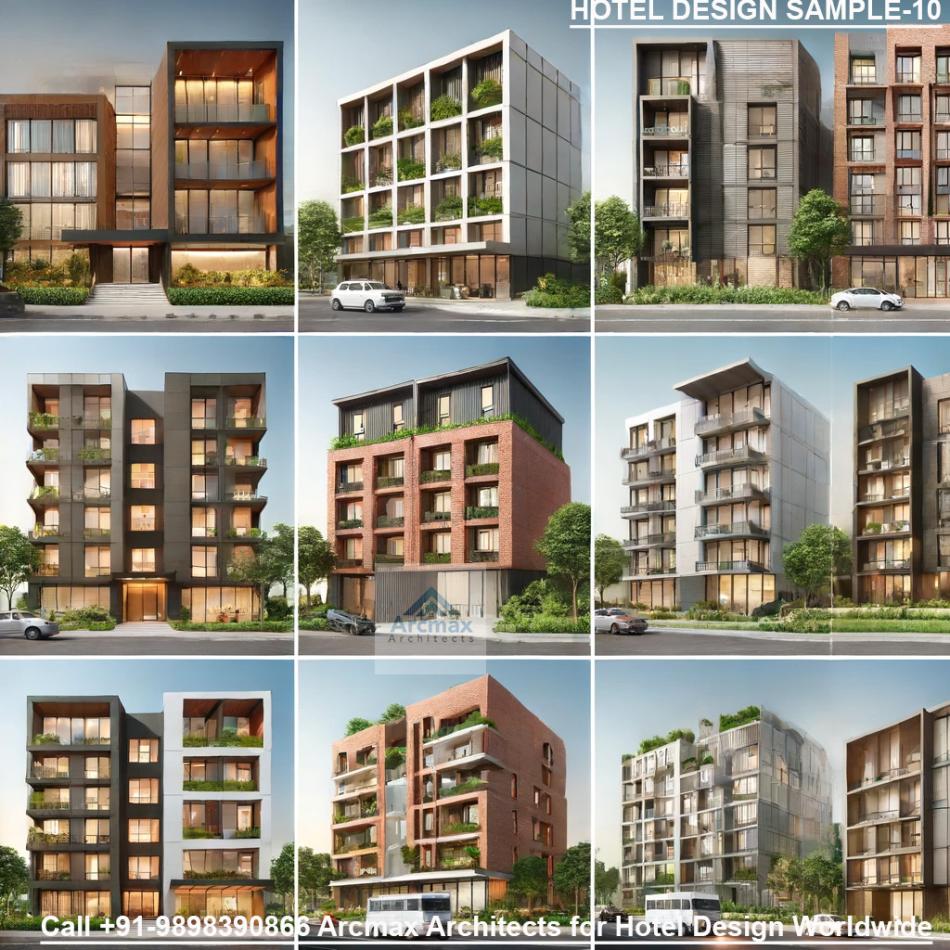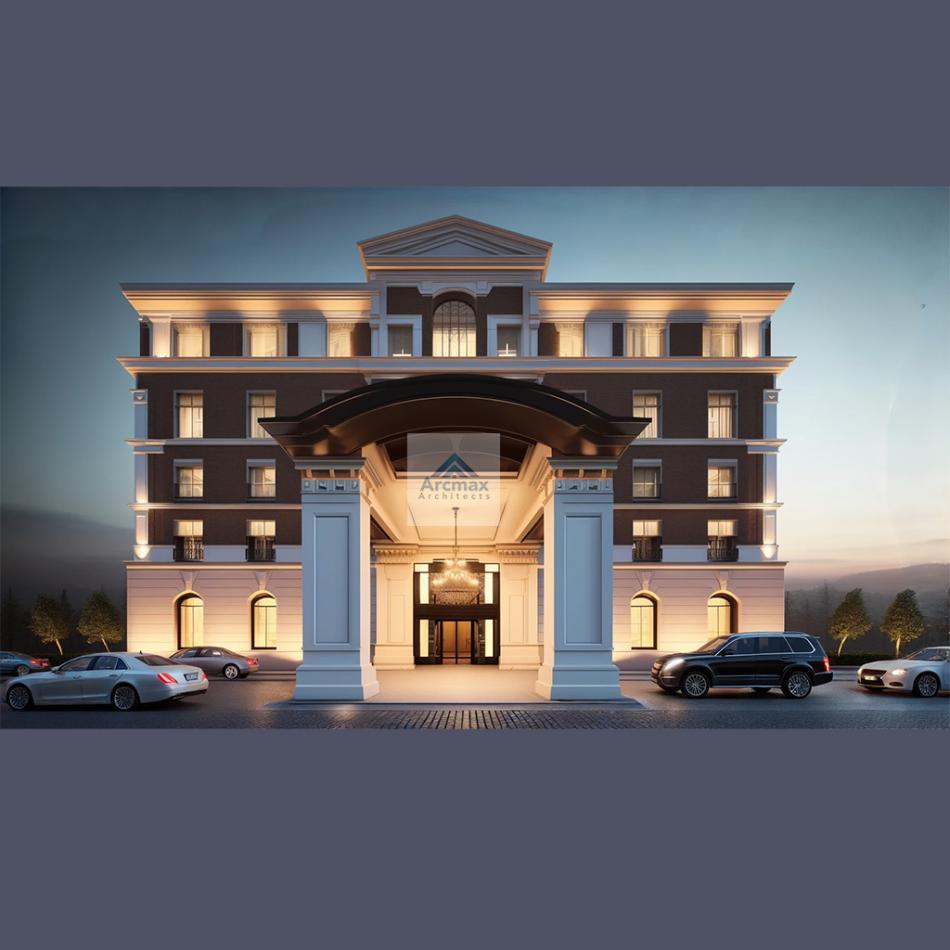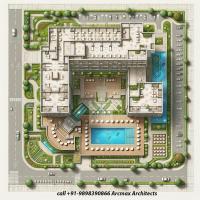Bakeri City, Pincode: 380015 Ahmedabad, Gujarat, India,
244 Madison Avenue, New York, United States
Our Client






beachfront and waterfront hotel Design and Planning in United states, United kingdom, Africa and india
Designing beachfront and waterfront hotels offers a unique opportunity to blend architectural creativity with the natural beauty of the surrounding landscape. Such projects require a nuanced approach to ensure that they not only provide guests with luxurious accommodations and unparalleled views but also respect and integrate with the local environment and community. Here are key considerations and innovative strategies for designing beachfront and waterfront hotels:
1. Maximizing Views and Accessibility
- Strategic Placement: Position rooms, common areas, and amenities to maximize views of the water while ensuring privacy and comfort for guests.
- Outdoor Spaces: Incorporate balconies, terraces, and infinity pools that seamlessly blend the indoor and outdoor experiences, allowing guests to feel connected to the waterfront.
2. Sustainability and Environmental Integration
- Eco-friendly Materials: Use sustainable materials that are resilient to the local climate and minimize environmental impact.
- Energy Efficiency: Implement renewable energy sources, such as solar panels, and design for natural ventilation and lighting to reduce energy consumption.
- Preservation of Natural Landscape: Design with sensitivity to the existing flora and fauna, incorporating native plants in landscaping and minimizing alterations to the natural shoreline.
3. Resilience to Natural Elements
- Weather and Water Risks: Design buildings to withstand local weather conditions, including potential flooding, storms, and erosion, using elevated structures or building materials resistant to salt and water damage.
- Adaptive Design: Incorporate features that can adapt to changing climate conditions over time, ensuring long-term sustainability and protection of the investment.
4. Cultural and Community Integration
- Local Culture Reflection: Reflect the local architecture, art, and culture in the hotel’s design to offer guests an immersive experience and strengthen community ties.
- Economic Contribution: Engage with local businesses and suppliers to contribute to the local economy, and offer guests authentic experiences such as local tours and cuisine.
5. Innovative Amenities and Services
- Unique Experiences: Offer water-based activities and amenities, such as private docks for boat access, water sports facilities, and oceanfront spas, to enhance the guest experience.
- Technology Integration: Use technology to improve guest services, from smart room controls to apps that provide information on local attractions and tide schedules.
6. Designing for Privacy and Exclusivity
- Layout for Privacy: Design the layout to ensure that guest rooms and private areas are secluded, offering exclusive retreats without sacrificing views or access to amenities.
- Exclusive Access: Provide private beach or waterfront access for guests, ensuring a sense of exclusivity and luxury.
Conclusion
Designing beachfront and waterfront hotels is an intricate balance between embracing the natural beauty and character of the site, providing luxurious and innovative guest experiences, and committing to sustainability and resilience against the natural elements. By thoughtfully considering these elements, architects and developers can create destinations that not only enchant guests but also respect and enhance the local environment and community.


